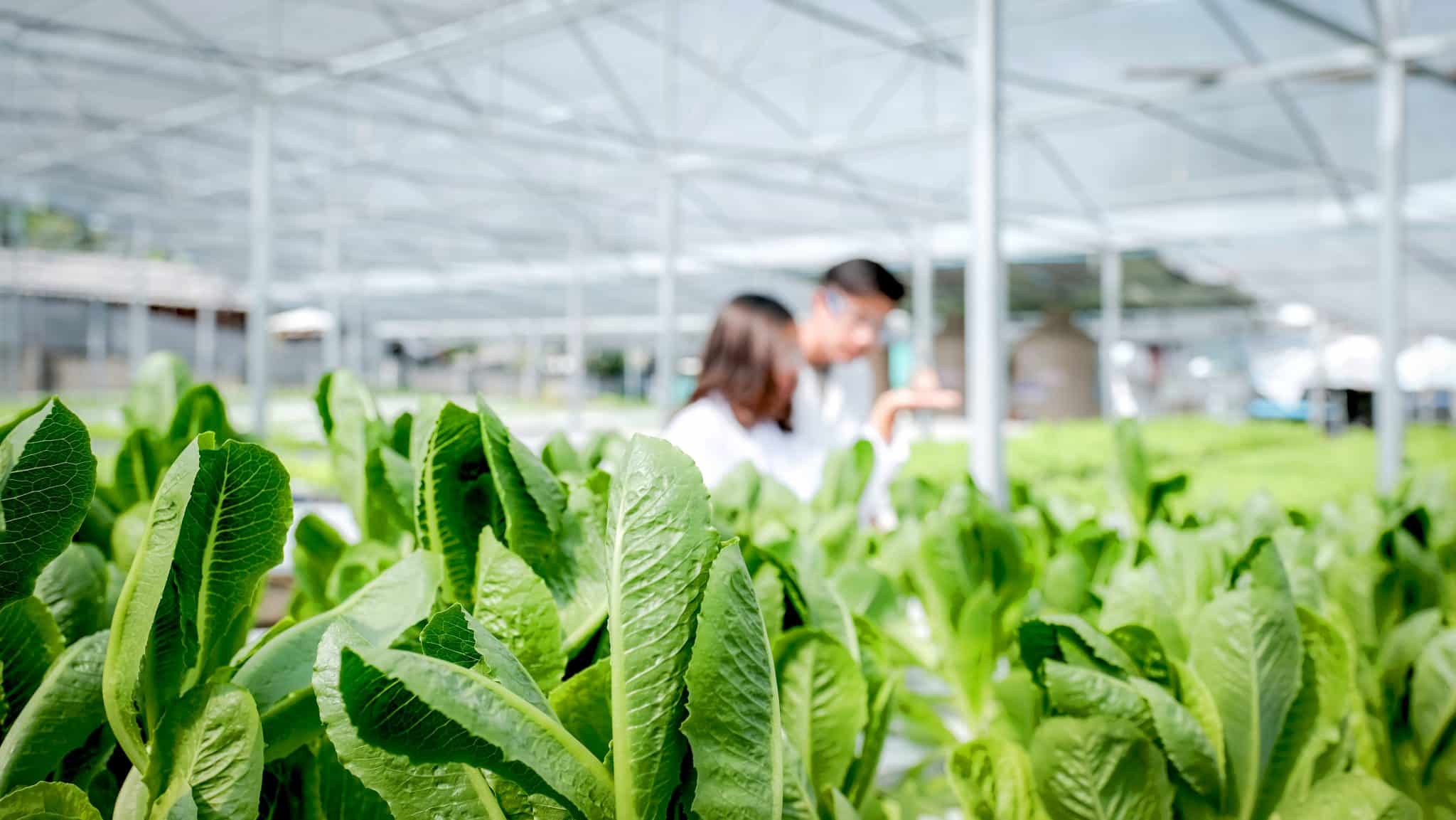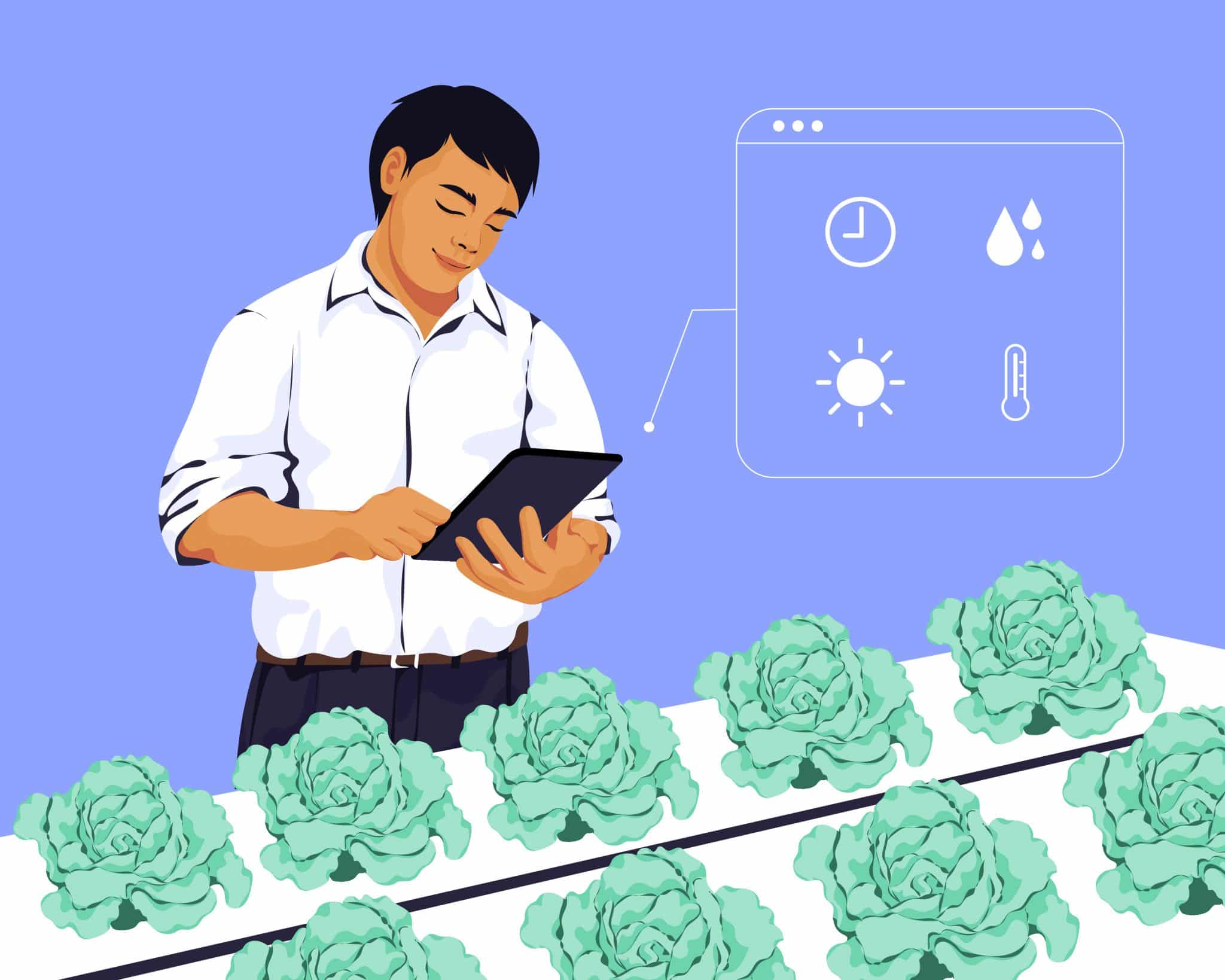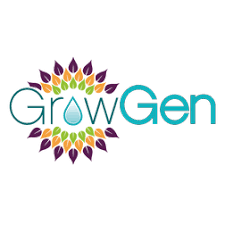If you’re growing hydroponic plants, you’ll need to be extra diligent about using a hydroponic nutrient chart to feed them on a specific schedule. Why? Plants require various amounts of nutrient levels based on plant type, growth stage, and the type of hydroponic system used. A feed chart keeps track of your nutrient dosage to provide the precise nutrient amounts plants need.
Here’s a complete guide on how a hydroponic feeding schedule works, and why exact nutrient measurements are critical to maximizing yields.
A Guide to Hydroponic Feeding Schedules
Every plant has unique nutrient feeding requirements. Feed charts tell you when and where nutrient solutions should be applied to plants. They’re used to help hydroponic growers keep track of plant feeding schedules.
If the nutrient concentration levels aren’t balanced, it can risk plant development issues. Too many nutrients can cause plants to grow too rapidly — leading to underdeveloped flowers. On the other hand, too few nutrients can cause plants to wilt, turn yellow, stunt growth, or die if left untreated.
Feed charts centralize the dosage information growers need to prevent imbalanced nutrient levels. Here’s how to read feed charts and advice on pH adjustments.
How to Read a Plant Feed Chart
Plant feed charts are broken into grids of nutrients and timelines. A hydroponic feeding chart may list instructions weekly, with new nutrient dosages provided every seven days.
Below is a breakdown of the units of measure involved with feed charts.
Understanding Gallons to PPM
Most feed charts offer a nutrient ratio per gallon of solution. If the first week requires 5mL of a nutrient, add that amount to every gallon of water. If the system takes 50 gallons, you’ll need a total of 250mL of nutrients. Once you have mixed a solution, measure the nutrient strength using a parts-per-million (ppm) meter.
Understanding Nutrient Bottle & Feed Chart Numbers
Growers must know that they shouldn’t only reference the recommended nutrient bottle measurements. This is because feed charts account for multiple nutrients, and you must adjust their pH levels according to those combinations. The bottle information assumes you’re only using that single nutrient solution. Ensure your mixed formulas factor in both the feed chart and bottle numbers to prevent nutrient lockout.
Plant Growth Stage Feeding Schedule
As mentioned, all plant breeds have various feeding requirements. However, there’s a rule of thumb when dosing plant nutrients based on each growth stage.
Seedling Nutrient Dosage
The priority for seedlings is to promote healthy root growth, so they sprout from seeds. Using 1.1mL of root booster for every gallon of water is typically best for seedlings.
Flowering Nutrient Dosage
During the flowering stage, plants require high amounts of potassium and nitrogen. Provide your plants half the amount of nitrogen and phosphorus that you would provide with nitrogen to help bloom flowers.
Vegetative Nutrient Dosage
In the vegetative stage, nitrogen levels must be drastically reduced while maintaining potassium and increasing phosphorus. Give only a third of the amount of nitrogen that you do with potassium. Over time you’ll be able to customize charts while considering water quality, local climate, and plant attributes.
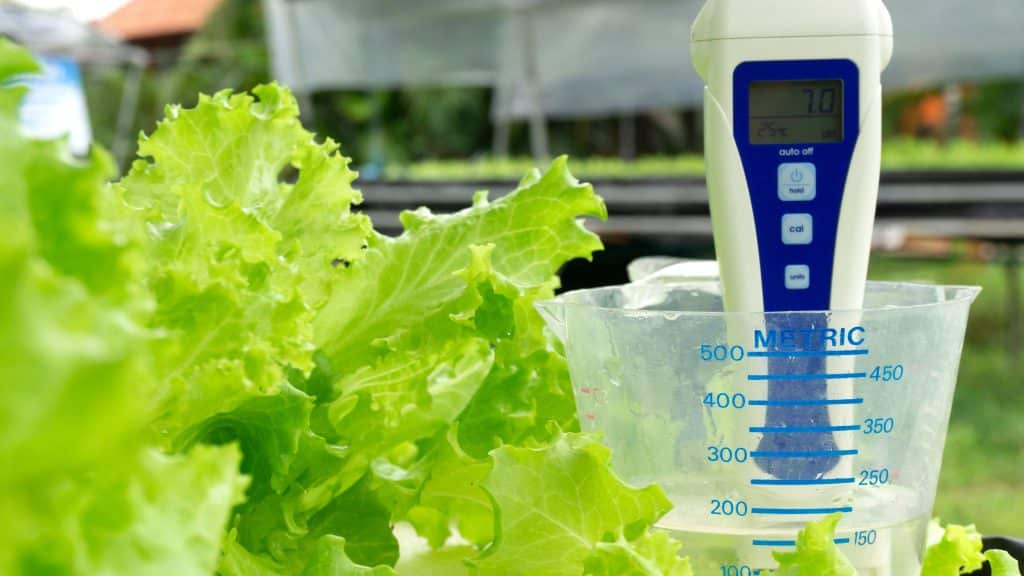
Adjusting pH for a Hydroponic Nutrient Chart
Although feed charts and manufacturers provide basic feeding instructions, they might require pH adjustments to the nutrient solution to suit the plant’s needs too. Changing a feeding schedule might be necessary when changing lighting and nutrient levels.
Hydroponic growers might also deviate from the recommended nutrient manufacturer’s schedule if adverse effects are seen. If there’s leaf discoloration or poor flower quality, these are signs to adjust your pH solution — which we’ll provide more information about below.
pH Measurements for Plant Food
Plants generally prefer a slightly acidic environment, with a pH between 6 and 7. If the pH of the solution drops below 6, it can become too acidic for plants to absorb nutrients effectively. This can lead to nutrient deficiencies, stunted growth, and plant death. The same occurs if the pH is too alkaline.
For this reason, it’s vital to maintain a balanced pH level in the nutrient solution when feeding them. Using a pH meter accurately measures your nutrient’s pH levels. Understanding how plants react to nutrient pH levels will help you know how they’ll be affected when feeding times and quantities change.
Nutrient Deficiency vs. Nutrient Lockout
When adjusting feeding schedules, hydroponic growers should know the difference between nutrient deficiency and nutrient lockout. It determines how your plants react to your pH adjustments.
Nutrient Deficiency
Nutrient deficiency is when a plant has trouble absorbing the proper amount of nutrients. A lack of the appropriate nutrient dosage can cause the plants to wilt, turn yellow, and develop much slower and weaker.
Nutrient Lockout
Nutrient lockout is when the growing medium becomes too rich in nutrients and prohibits plants from absorbing them. This usually happens due to a chemical reaction between the growing media, the plant, and the nutrient solution. Following a feeding schedule and providing proper pH adjustments minimizes the risk of nutrient deficiencies and lockouts.
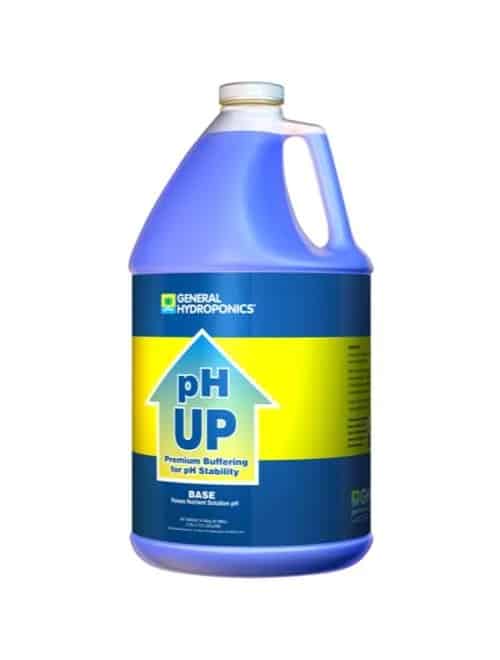
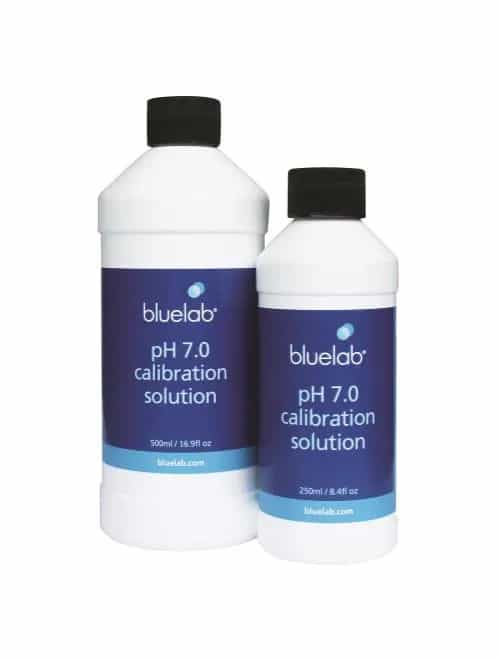
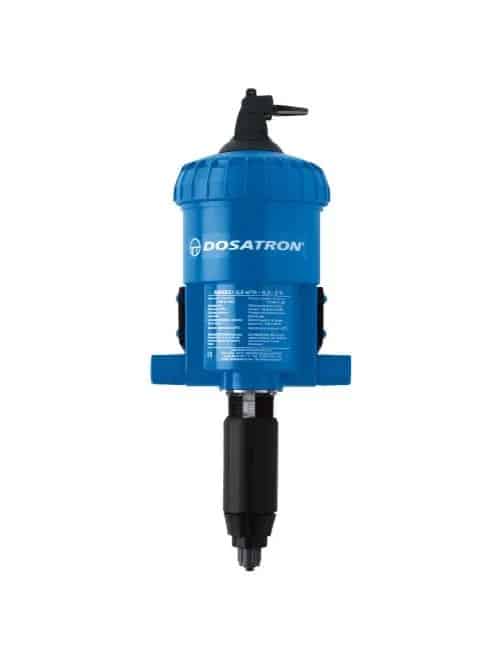
Additional Tips for Better Plant Feeding
Now that you know how to read a feed chart and adjust nutrient pH, here are some tips on growing plants during feeding:
- Ensure a smooth flow of filtered water to minimize over-watering and contamination from micronutrients
- Read the plant nutrient manufacturer’s feeding instructions before mixing solutions
- Start with plants past the seedling stage for easier cultivation
- Provide at least six hours of grow light daily
- Check the water’s pH regularly and adjust as needed
You can cultivate healthier crops with these plant-feeding tips and a proper feeding schedule.
Plant Feeding Supplies Checklist
Tools are required to measure nutrient solutions for feeding hydroponic plants precisely. Here’s a list of plant-feeding supplies growers should have:
- pH tester– Ensures that the water’s pH is balanced for healthy growth
- Nutrients– Provides the nourishment they need to grow
- Epsom salts– Boosts plant magnesium levels and encourages healthy growth
- Water timers – Automates feeding schedules to prevent over-feeding
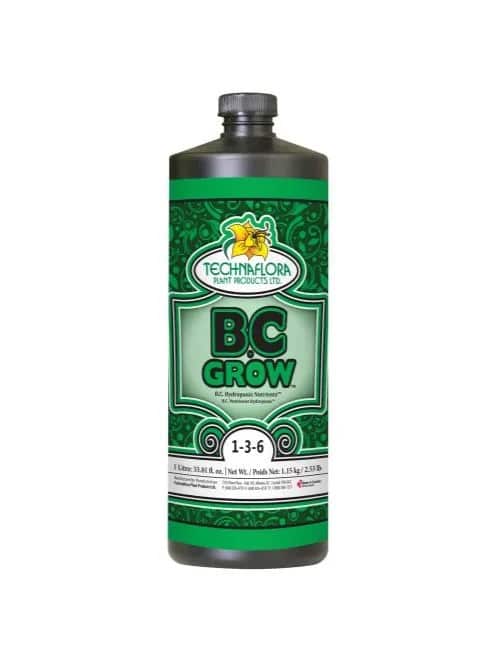
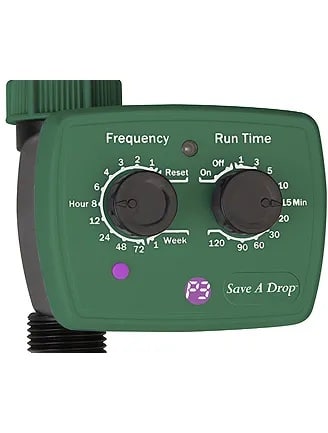
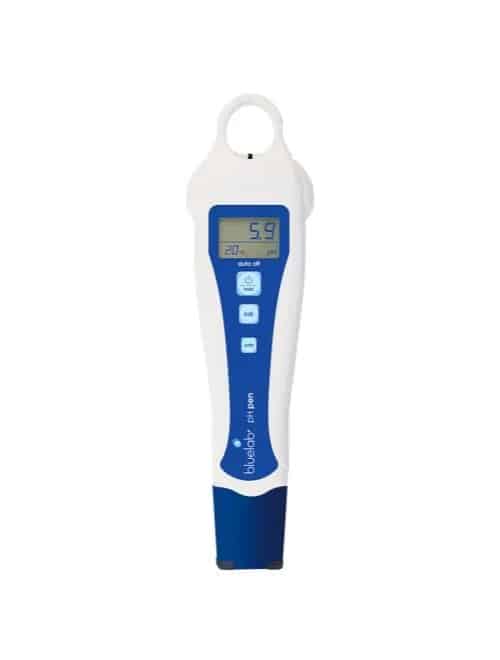
Now that you know the basic plant feeding supplies needed, you should be ready to start utilizing your feed charts properly.
Shop Hydroponic Feeding Supplies
Ready to accelerate plant growth development? GrowGeneration provides all hydroponic equipment and supplies you need for a successful plant feeding process.
Shop plant nutrients, pH adjusters, and nutrient dosers, or contact a GrowPro for help selecting the plant feeding supplies today!




